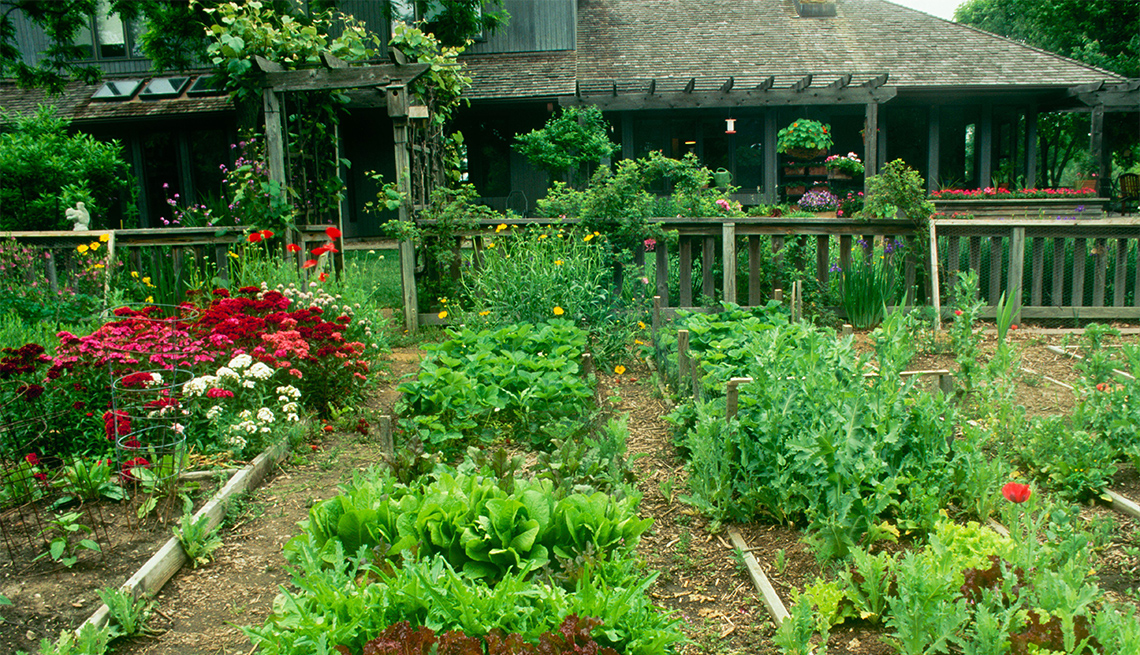Play all audios:
By
Jodi Helmer,
AARP En español Published June 03, 2021Eve Greenfield has been growing vegetables for more than a decade. During the 2020 pandemic growing season, Greenfield, 52, built several raised beds in her Chicago backyard and filled them
with vegetables like kale, tomatoes, peppers and zucchini.
"I threw myself into gardening as a way to keep from obsessing about everything that was going on in the world,” she recalls.
Before long, Greenfield was harvesting more fresh produce than she needed. Her solution: Set up a table at Drake Gardens, a local community garden space, with a handwritten “free vegetables”
sign and encourage neighbors in need to take the produce for their families.
Other local gardeners also contributed produce from their pandemic Victory Gardens. The makeshift produce stand operated every Saturday morning from July through October and handed out up to
60 pounds of fresh fruits and vegetables each week.
"I said, ‘If Victory Gardens could grow such a huge proportion of our foods during World War II, why couldn't we do that again?'” she says.
Eve Greenfield gave away the extra vegetablesgrown in her garden. Courtesy Eve Greenfield Victory Gardens 2.0
Gardening has been more popular than ever during the pandemic. A new report from the National Gardening Association found that 18 million Americans started gardening in 2020 and food
gardening was the fastest growing gardening segment. On Instagram, the hashtag #victorygarden has been used on 146,194 posts (and counting).
As the interest in gardening has grown, so too has the demand for food. The pandemic led to a spike in food insecurity with 42 million Americans expected to experience a lack of consistent
access to food in 2021, according to Feeding America.
In 2020, the National Garden Bureau encouraged a Victory Gardens 2.0 movement to urge more people to grow their own food. The efforts were successful during WWII when an estimated 20 million
Victory Gardens, planted in backyards and on fire escapes and rooftops, produced 40 percent of all of the fresh vegetables consumed in the United States.
Unlike Victory Garden programs launched during the war efforts, however, modern Victory Gardens are not part of a national gardening program. Instead, gardeners are engaged in grassroots
efforts to increase their own food security and help their neighbors.

